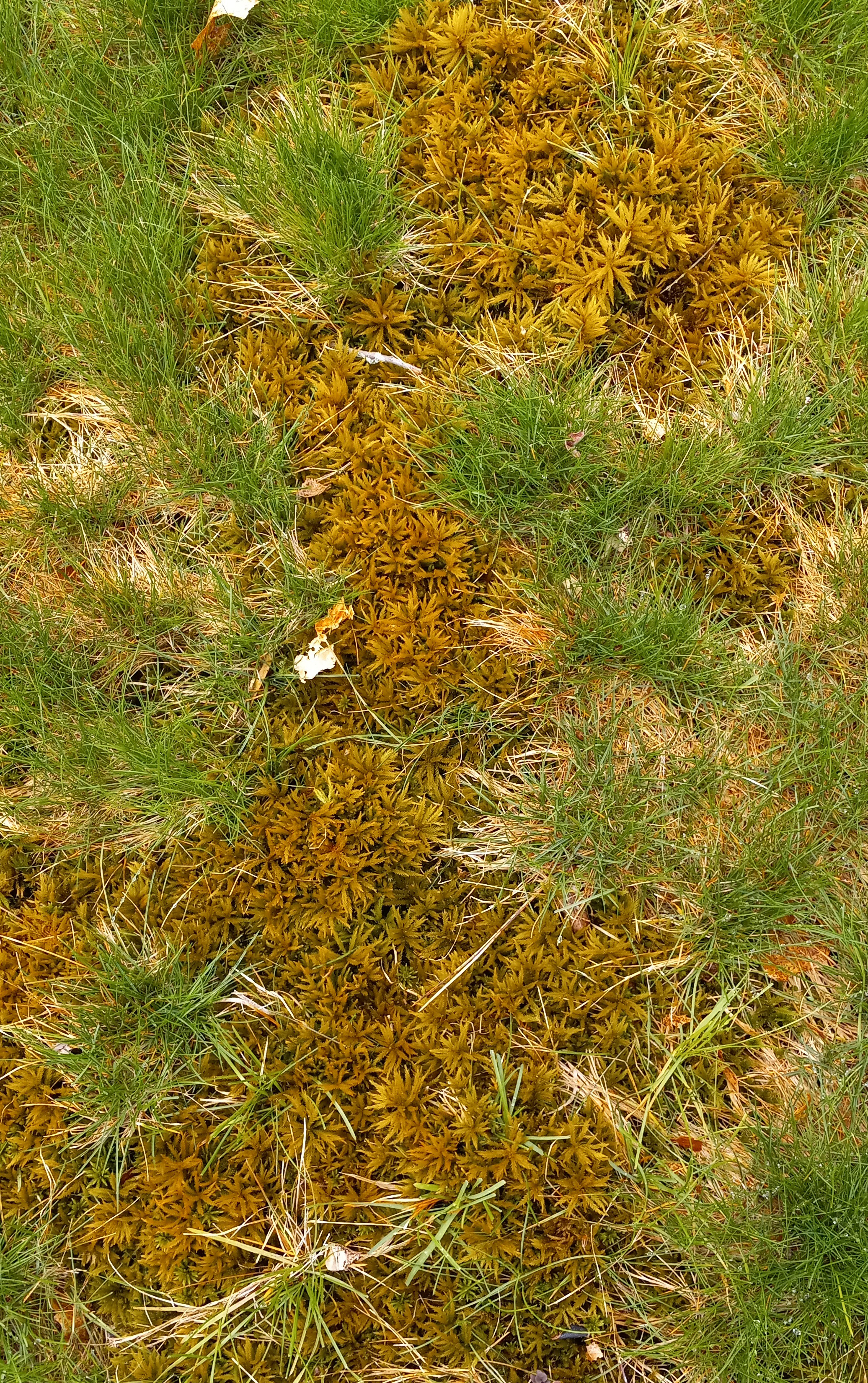Tips to toss the moss from your lawn
Frustrated with moss in your lawn? Understand why and then consider a range of management options.

Moss in lawns is a common complaint, and there are reasons why we see moss build up. Before determining your course of action, first consider why this occurs. Then, keep in mind that there are multiple courses of action you can take when managing the mossy area.
Moss thrives in damp and shaded areas, which are not conducive to maintaining healthy turf. Consequently, the desired turf tends to thin and decline over time while moss growth flourishes. Lawns that stay wet after rainfall, experience drainage problems or receive excessive irrigation provide an ideal environment for moss to thrive. Temporary or seasonal weather patterns may also contribute to moss growth. Factors such as low nitrogen availability, limited air circulation and low mowing height further promote moss growth over grass growth.

There are a range of management options to choose from. Below are some examples.
- Adjust your expectations for the area and allow the moss to fill in. At least it is green!
- Plant shade-loving plants in the area instead of turf. More information is available in this Michigan State University Extension resource, “Shady lawn alternatives.”
- Trim tree branches or remove entire trees to increase sunlight in the area. Adjust irrigation and improve drainage so that the soil is more suitable for turf. Use a turf seed blend that is specifically for shade to reestablish the area.
- After improving the environmental conditions to make the site more favorable for turf and less so for moss, apply a pesticide that kills moss. These products are typically iron-based (such as Moss Out or MossEX) and aren’t likely to be a one-and-done kind of application.
- There are some great recommendations on cultural options as well as other chemical options from Clemson University at “Moss & Algae Control in Lawns.” Just keep in mind that we have cool season grasses here in Michigan, so double check that any product you use or order is safe for our grasses.
After you have achieved your desired level of moss control, the work isn’t over. You need to do two important things.
- Continue to provide the necessary components to support a robust/vigorous stand of grass in your lawn to create a competitive environment for weeds. Practices could include fertilizing the lawn (early spring and/or early fall), watering when conditions are dry (but not overwatering) and increasing your mowing height (about 3.5 inches, this is healthier for the grass and makes it more competitive).
- Keep an eye out for any new moss appearing and spot treat as necessary. Visit MSU Extension’s Home Lawns website for more information on lawn care from the MSU turfgrass team.



 Print
Print Email
Email




